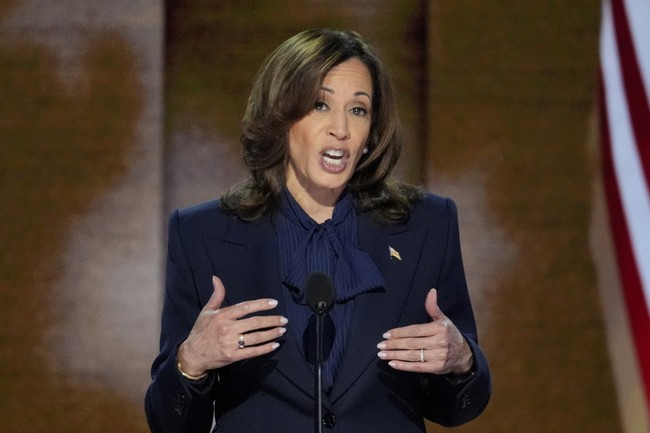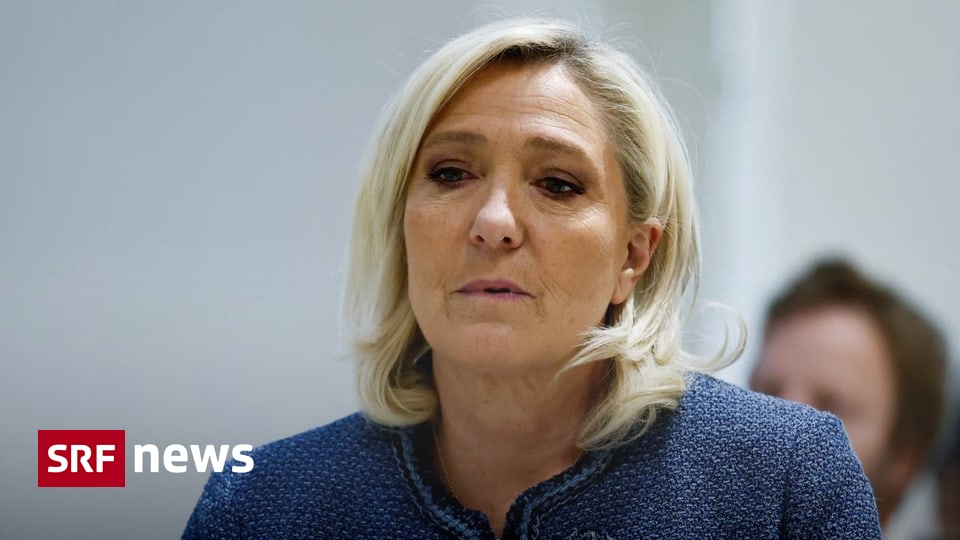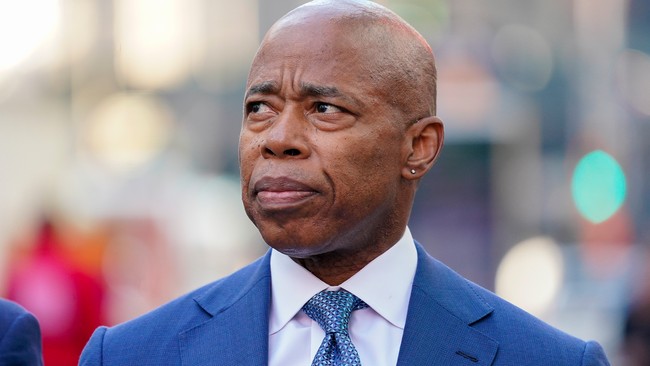Surge in Global Energy Demand Sparks Questions
As global energy consumption experiences a significant surge, driven by increased demand for electricity, questions arise about sustainability and energy mix. Learn about the implications and potential solutions.
Published March 26, 2025 - 00:03am

Image recovered from arabnews.com
In 2024, the global energy demand experienced a remarkable increase of 2.2%, surpassing the decade-long average of 1.3% annually, as reported by the International Energy Agency (IEA). The surge was principally driven by rising electricity consumption and economic growth in emerging markets, leading to complex discussions on energy sustainability and emissions.
The power sector played a pivotal role in this uptick, with global electricity consumption expanding by approximately 1,100 terawatt-hours, a 4.3% increase. This spike in electricity use was due to a variety of factors, including an unprecedented demand for cooling systems during extreme temperature events, escalating industrial consumption, the electrification of transport, and the rapid growth of data centers and artificial intelligence technologies. The IEA's Executive Director, Fatih Birol, emphasized that the swift rise in electricity consumption is reshaping global energy dynamics, reversing trends of declining energy use observed in advanced economies.
Renewable energy sources led the growth in global energy supply, accounting for 38% of the increase, with natural gas following at 28%. Notably, there was a significant deployment of new renewable energy installations, setting records for the twenty-second year consecutively, with around 700 gigawatts added in 2024. Solar photovoltaic alone contributed 80% of this increase. Meanwhile, more than 7 gigawatts of new nuclear power capacity became operational, marking a substantial 33% rise compared to 2023 figures.
The significance of emerging and developing economies in this energy landscape cannot be overstated. These regions were responsible for over 80% of the increase in energy demand. In China, although growth slowed to under 3%—half of its 2023 rate—the absolute demand growth was still the largest globally. India followed suit, with significant demand growth surpassing that of all advanced economies combined. The Middle East and Southeast Asia also saw notable increases.
Interestingly, even as electric vehicles saw a boost in sales by over 25%, the role of oil in total energy demand continued its historic decline. For the first time, oil's share fell below 30%, a significant drop from the peak of 46% fifty years ago. The dwindling growth in oil demand was, however, contrasted by a robust increase in natural gas consumption, which rose by 2.7%, driven by needs in Asia, including a 7% rise in China alone.
Efforts to curb environmental impacts included a significant drive toward clean energy, as evidenced by reduced rates of carbon dioxide emissions growth. Although overall emissions increased by 0.8% to 37.8 billion tonnes, advanced economies reported a decline thanks to substantial investments in solar, wind, nuclear power, electric cars, and heat pumps. These technologies now prevent emissions equivalent to 7% of global CO2 output.
However, the narrative of energy efficiency improvement slowed markedly, with progress stalling at 1% in 2024. The impact of climate change itself posed challenges, as extreme temperatures drove up energy demand, highlighting ongoing difficulties in enhancing energy efficiencies across economies.
Consequently, integrating nuclear and renewable energies into national energy policies continues to be a pivotal strategy. Saudi Arabia's commitment to expanding its nuclear capacity reflects a broader regional and global trend toward a diversified energy mix that balances renewable sources with oil and nuclear power to meet international sustainability goals.
Facing the future, the IEA recommends a stark increase in investments in nuclear energy, potentially doubling to $120 billion by 2030, signaling the necessity of public and private sector collaboration to address infrastructure needs. This call for action further emphasizes the critical nature of emerging economies in the global energy discourse as they navigate the complex balance of growth, sustainability, and economic development.







